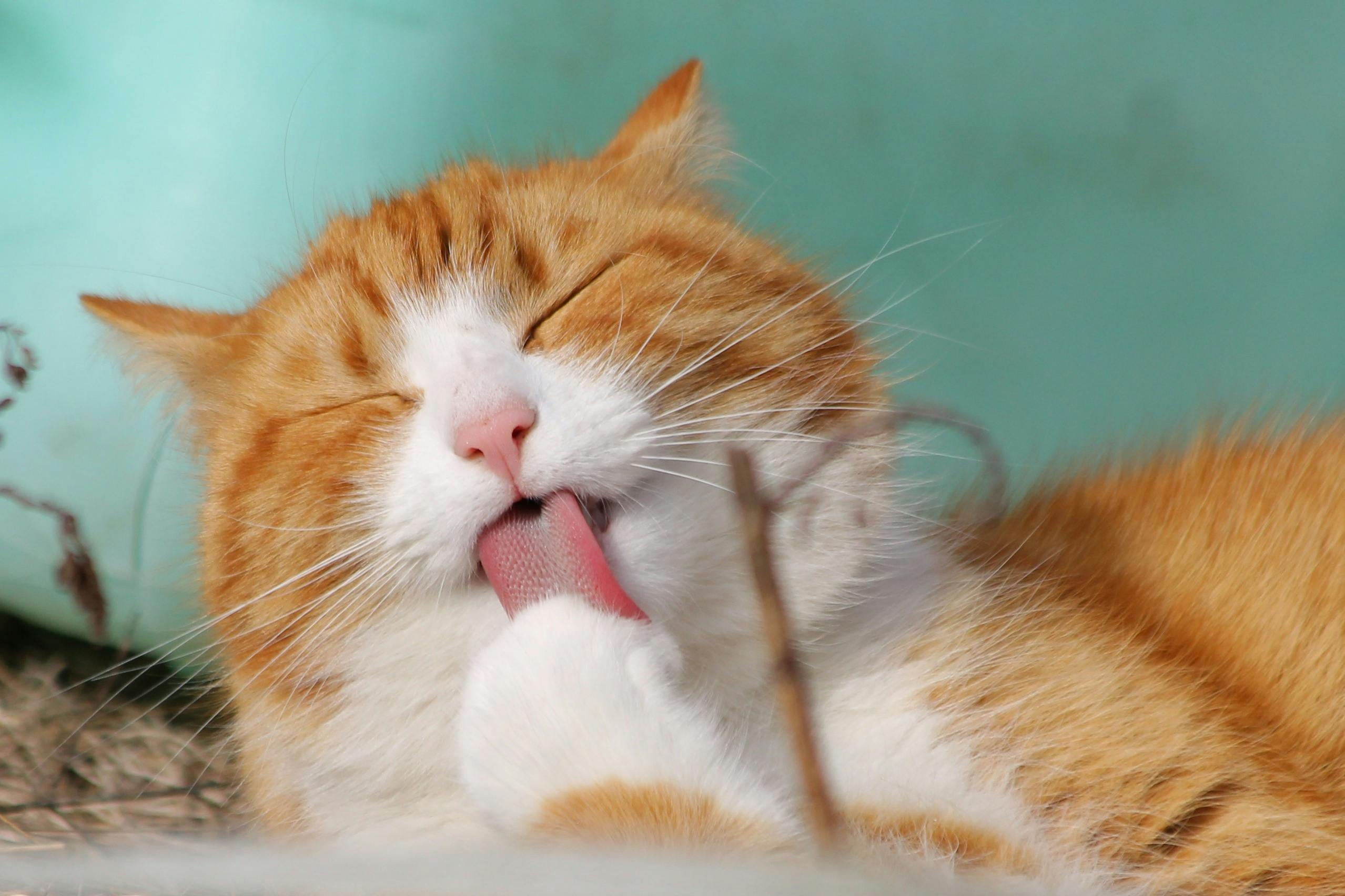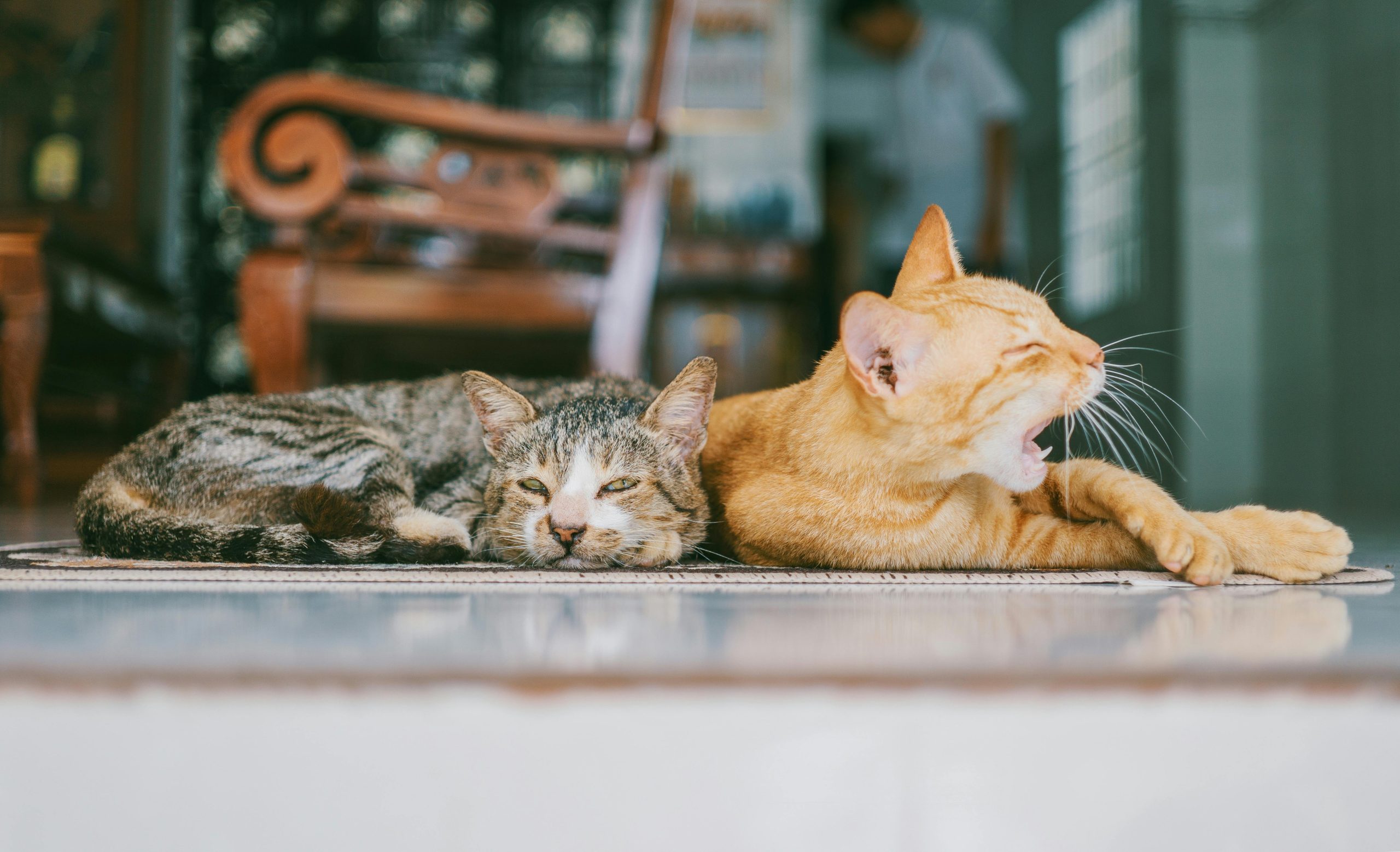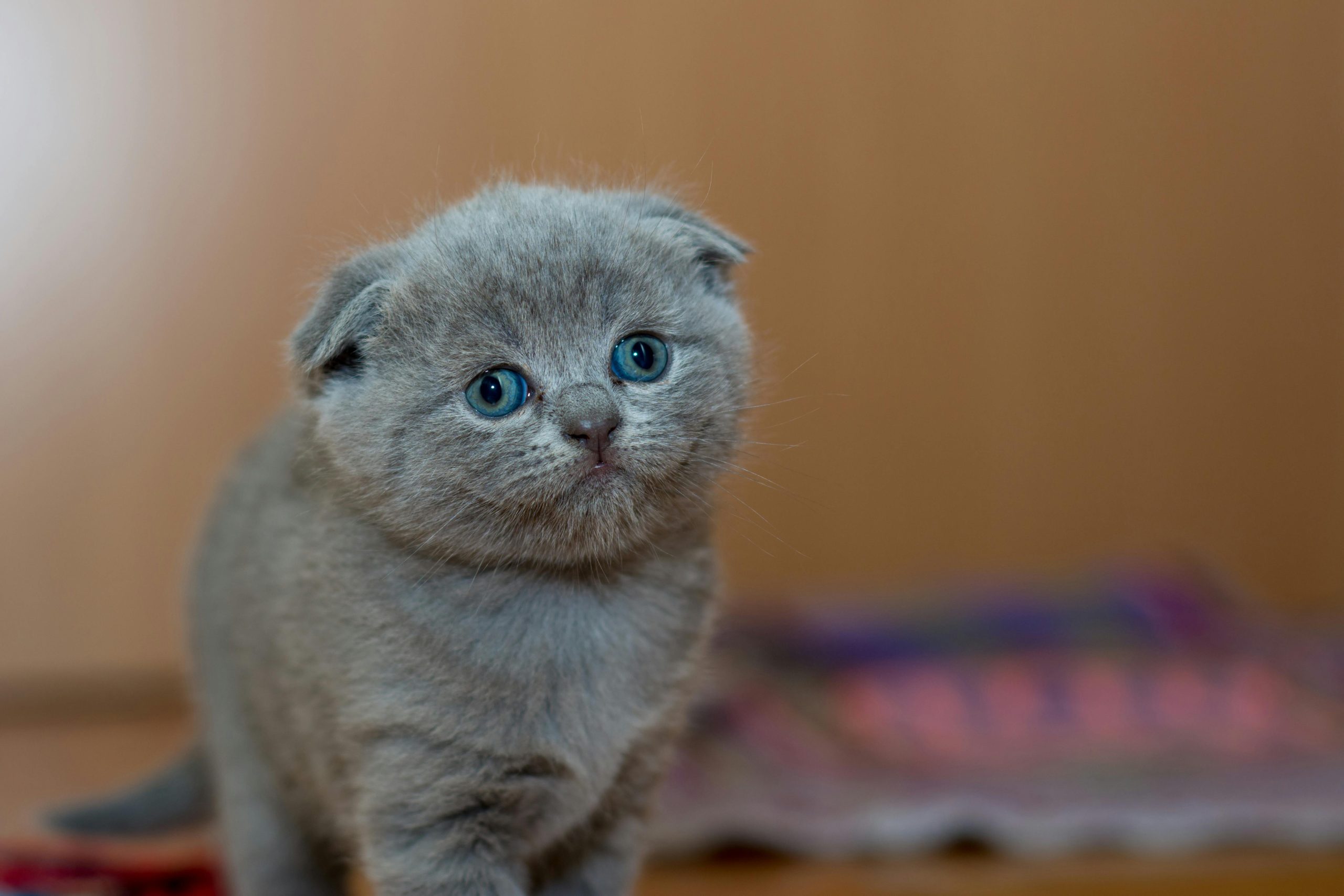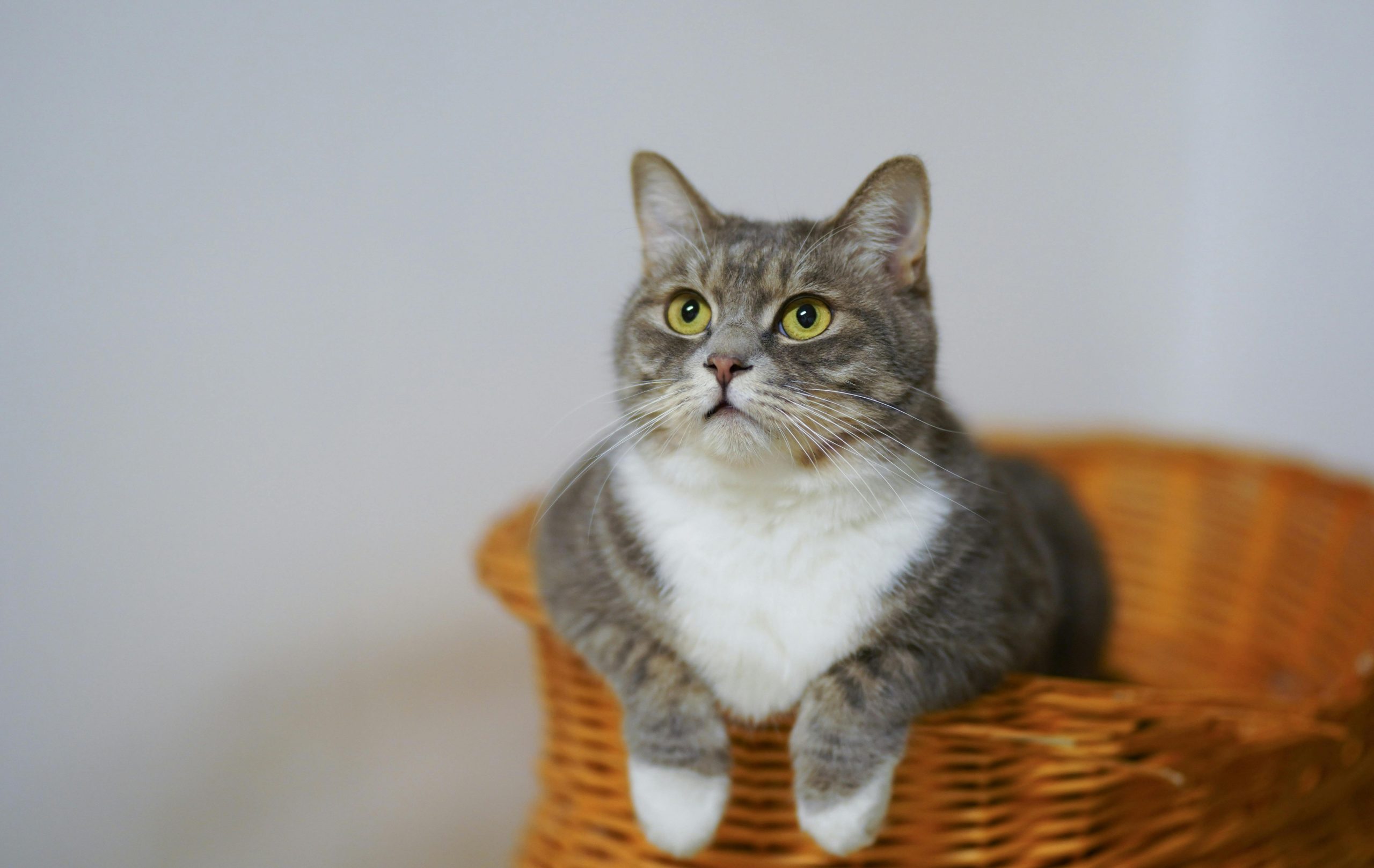1. Understanding the Symptoms
When a cat is limping on its back leg and not eating, it can be a cause for concern for cat owners. These symptoms may indicate an underlying health issue that requires attention. Here are a few key points to understand about these symptoms:
- Limping on Back Leg: Limping is the result of pain or discomfort in the leg. Cats may limp due to various reasons such as an injury, sprain, fracture, or even arthritis. Identifying the cause of the limping is crucial for appropriate treatment.
- Lack of Appetite: Cats are known for their appetite, so a sudden loss of interest in food can be a sign that something is wrong. It could be related to pain or discomfort, illness, dental problems, or digestive issues. Determining the underlying cause is important for restoring the cat’s appetite.
- Related or Separate Issues: Limping on the back leg and loss of appetite can be related or separate issues. It’s possible that one issue is causing the other, or they could be two independent health concerns. A thorough examination by a veterinarian is necessary to determine the root causes.
- Observation and Documentation: As a cat owner, it’s important to closely observe and document the symptoms, including the duration and severity of the limp, any visible injuries or swelling, and the duration and extent of the loss of appetite. This information will be helpful during veterinary consultations.

2. Potential Causes and Treatment
When a cat is experiencing a back leg limp and loss of appetite, it’s crucial to identify the underlying causes and seek appropriate treatment. Here are some potential causes and their corresponding treatments:
- Injury or Trauma: A cat may limp due to an injury or trauma, such as a sprain or fracture. Treatment may involve rest, pain management, and possibly surgery depending on the severity of the injury. The cat’s appetite may return once the pain subsides and healing progresses.
- Arthritis: Arthritis is a common condition in older cats and can cause limping and discomfort. Treatment options may include pain medication, joint supplements, weight management, and providing a comfortable environment. Cats with arthritis may benefit from a specialized diet formulated for joint health.
- Infections or Abscesses: Infections or abscesses in the leg can cause limping and loss of appetite. Veterinary intervention is necessary to diagnose and treat the underlying infection. Antibiotics, wound cleaning, and possibly drainage or surgery may be required.
- Metabolic or Organ Diseases: Certain metabolic or organ diseases, such as kidney or liver disease, can cause a cat to lose its appetite and show signs of weakness. Identifying and addressing the underlying disease is crucial. Treatment may involve medication, dietary changes, and supportive care.
- Dental Problems: Dental issues, such as gum disease or tooth decay, can cause pain and discomfort, leading to a loss of appetite. A veterinary examination can identify any dental problems, and treatment may involve dental cleaning, extractions, or other procedures to restore oral health.
- Gastrointestinal Issues: Cats may lose their appetite due to various gastrointestinal issues like gastritis, pancreatitis, or intestinal blockage. Treatment can involve medication, dietary changes, and addressing the specific gastrointestinal condition diagnosed by a veterinarian.
- Other Potential Causes: There are other potential causes for the symptoms, including nerve damage, tumors, or systemic diseases. A comprehensive veterinary evaluation will help determine the exact cause and develop an appropriate treatment plan.

3. Seeking Veterinary Care
When a cat is limping on its back leg and not eating, it is crucial to seek veterinary care promptly. Here are some important points to consider:
- Veterinary Examination: Schedule an appointment with a veterinarian as soon as possible. The veterinarian will perform a thorough examination, assess the cat’s overall health, and conduct any necessary diagnostic tests to determine the underlying causes.
- Medical History: Provide the veterinarian with a detailed medical history of the cat, including any recent injuries, changes in behavior, or previous health issues. This information will assist in the diagnosis and treatment process.
- Follow the Treatment Plan: Once the underlying causes have been identified, the veterinarian will develop a treatment plan tailored to the cat’s specific needs. It is crucial to follow the treatment plan diligently, administer prescribed medications, and make any necessary lifestyle or dietary changes.
- Monitor and Communicate: Monitor the cat’s progress closely and communicate any changes or concerns to the veterinarian. Provide updates on the cat’s appetite, limp, and overall behavior. Regular communication with the veterinarian will ensure that adjustments to the treatment plan can be made if necessary.
- Provide a Comfortable Environment: Create a comfortable and stress-free environment for the cat during the recovery period. Ensure that the cat has a quiet and cozy space to rest and recover. Provide easy access to food, water, and a litter box to encourage eating and eliminate any additional stressors.
- Follow-Up Appointments: Follow any follow-up appointments recommended by the veterinarian. These appointments are important for assessing the cat’s progress and making any necessary adjustments to the treatment plan.
- Patience and Care: It may take time for the cat to fully recover and regain its appetite. Be patient and provide extra care and attention during this period. Offer enticing and nutritious food options to encourage eating, and engage in gentle play or bonding activities to help the cat regain its strength.

Conclusion
When a cat is limping on its back leg and not eating, it is crucial to take these symptoms seriously and seek veterinary care promptly. The underlying causes can vary, ranging from injuries and arthritis to infections and organ diseases. Through a thorough veterinary examination and appropriate treatment, the cat’s health can be restored, and its appetite can return. Remember to closely follow the treatment plan, provide a comfortable environment, and communicate regularly with the veterinarian for the best possible outcome. With proper care and attention, your limping cat can regain its vitality and well-being.

Leave a Reply